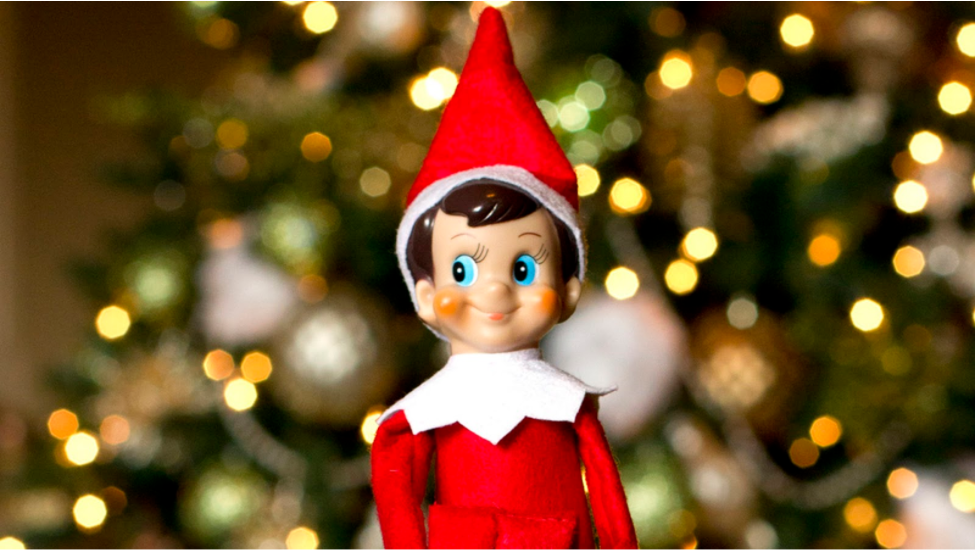The History Of Santa Claus

Santa Claus is the victim of the world’s longest-running game of Chinese whispers: from a generous Greek bishop to the portly red man in a sleigh, Santa has gone through more changes than any single figure in history. Here is how the famed bringer of gifts evolved through the ages.
Santa Claus finds his origins in St Nicholas, a 4th century Greek bishop born in modern-day Turkey. He is best known for rescuing three girls from prostitution by dropping sacks of gold into their poor father’s house, enabling him to pay their dowries and to get them married. The saint tried to perform this act of generosity anonymously, but was eventually discovered, forever searing his legacy as a secret gift-bringer into the public conscience.
During the Middle Ages, in homage to St Nicholas, children would receive presents on January 6th, his birthday. In many places this was moved to Christmas Day during the Protestant Reformation, as Protestants considered celebrating saints like Nick to be idol-worship, which was against the first of the Ten Commandments. Along with this change, the Protestants also wanted to replace St Nick with Jesus himself as the mythical bearer of gifts, though this change never caught on outside central Europe and Latin America.
In the 18th century, Santa Claus was first mentioned: the name comes from the anglicisation of Sinterklass, a Dutch abbreviation of St Nicholas, and first originated as New York slang for St Nick. Santa was famously characterised as a fat, pipe-smoking, green-clad sailor in Washington Irving’s 1809 book A History of New York, setting the trope of Santa being a jolly, portly fellow. Later in the 19th century, a slew of new innovations hit the Santa lore all at once, with an 1821 illustrated poetry book called A New-years present, to the little ones from five to twelve establishing the tropes of a sleigh, reindeer, and a red coat. During the American Civil War, cartoonist Thomas Nast continued to develop Santa’s backstory, drawing several famous cartoons that alluded to him residing at the North Pole. Later, in 1889, Mrs Claus came to the scene, popularised by Katharine Lee Bates’s poem entitled Goody Santa Claus on a Sleigh Ride.
As the 20th century rolled in, popular media solidified the image of Santa as a white-bearded, red-coated, sleigh-riding chimney rider. Puck magazine was the first to do so, portraying Santa in several of its covers in the early 1900s. Then came White Rock Beverages, with an advertising campaign that portrayed Santa enjoying a glass of liquor mixed with their mineral water while attending to his mail. However, the most important portrayal of St Nick came from the Coca-Cola Company in 1931: the images of Santa Claus, painted by Haddon Sundblom, became an instant hit and immediately replaced all previous iterations of Santa. The images from 1931 survive in seasonal Coca-Cola advertising, portraying the extent to which Sundblom’s Santa is still considered the ‘true’ way to depict Santa Claus.
Social

Related Articles
Made with ♥ in the UK | Privacy Policy | Terms & Conditions | © ChristmasClock 2021



